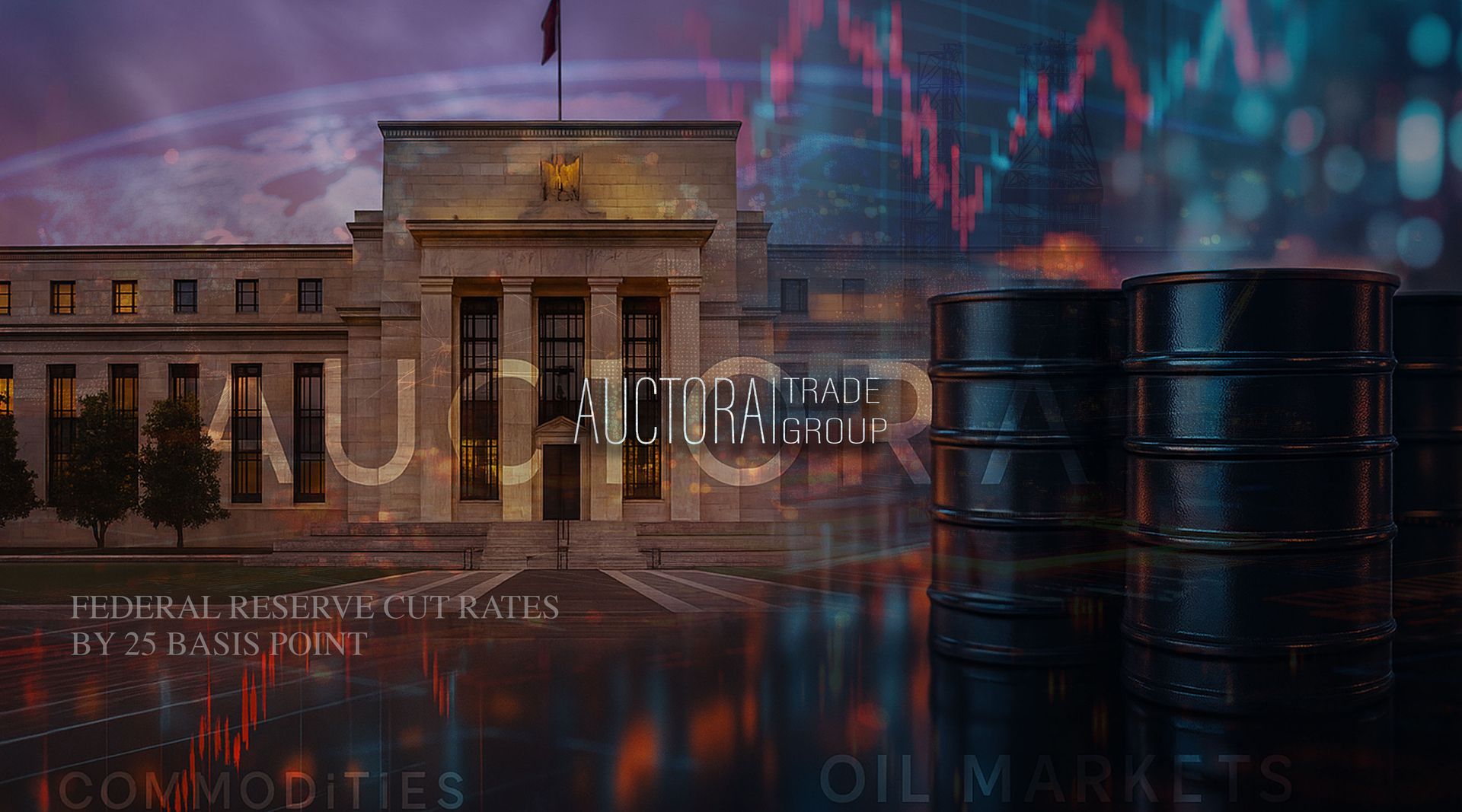Why the UAE is Attractive Right Now
Published in Abu Dhabi - UAE, 18 August 2025 10:04am (GMT)
The United Arab Emirates has long been a magnet for global investors, but today the opportunities are greater than ever. For European businesses and international investors, the UAE offers not only stability but also the chance to become part of one of the fastest-growing, most ambitious economies in the world.
Political and Economic Stability
The UAE continues to rank among the most politically stable countries in the Middle East, giving investors confidence in long-term commitments. With GDP growth averaging 3.9% in 2024 and strong diversification away from oil, the UAE has become a resilient economy prepared for the future.
Business-Friendly Policies
100% foreign ownership, zero personal income tax, and free repatriation of profits make the UAE one of the most open markets globally.
Strategic Location
Positioned between Europe, Asia, and Africa, the UAE serves as a natural hub for logistics, trade, and finance. Over 66% of the world’s population is reachable within 8 hours.

Sectors Driving Investment Growth
Real Estate
Dubai and Abu Dhabi continue to attract record levels of foreign capital. Off-plan projects and prime waterfront developments are seeing demand from European and Asian investors alike.
Renewable Energy
With $160 billion committed to clean energy and the Net Zero 2050 initiative, solar, hydrogen, and wind projects are opening significant new opportunities.
Technology and AI
Dubai’s D33 Agenda and Abu Dhabi’s AI and robotics clusters are building ecosystems where European tech companies can scale into the MENA region.
Logistics and Infrastructure
The UAE is expanding ports, airports, and free zones to reinforce its role as a global supply chain hub.
Tourism and Lifestyle
Post-Expo Dubai, the UAE’s tourism sector has rebounded strongly, with over 15 million visitors in 2024, making hospitality, F&B, and retail strong growth markets.
Auctora’s Role in Connecting Investors
At Auctora Trade Group, we bridge international investors with UAE opportunities. Our advisory services go beyond introductions—we design strategies that align investment goals with the UAE’s long-term economic vision. From structuring corporate presence to identifying credible partners, Auctora ensures investors move with confidence in a market that rewards ambition and preparation.
Long-Term Outlook: Why Act Now
The UAE’s non-oil economy now contributes over 75% of GDP, proving diversification is real and sustainable.
EU-UAE free trade discussions (launched in 2025) promise new openings for European investors across multiple industries.
Global investor confidence remains high: the UAE attracted $21 billion in FDI in 2024, nearly double pre-pandemic levels.
Conclusion
The UAE is not just a regional hub—it is becoming one of the most influential business ecosystems worldwide. For investors looking to diversify portfolios, access growth markets, or build a base in the Middle East, there has never been a better moment.
At Auctora Trade Group, we help you transform opportunity into reality. The time to act is now.














